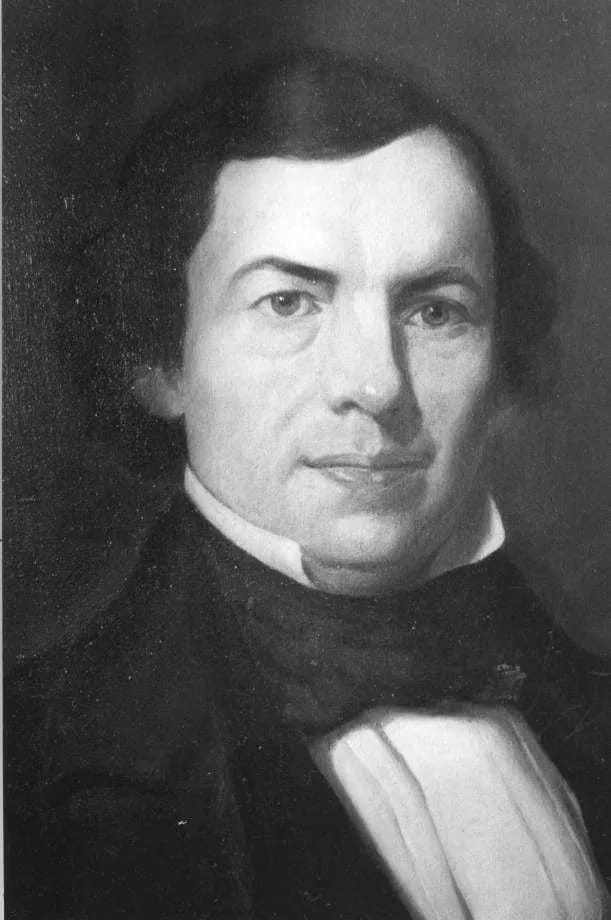The Founding of Rice University: A Vision for Excellence
Rice University was established in 1912 through the vision of William Marsh Rice, a wealthy businessman with a commitment to advancing education. From its inception, the institution focused on excellence, offering free education to attract talented students and faculty. Its first class consisted of just 77 students, but the university quickly gained recognition for its rigorous academic programs in engineering, science, and liberal arts.

Rice’s architecture reflects a blend of Romanesque and Byzantine styles, which remain a defining feature of the campus. With a mission to foster innovation and research, the university has evolved into a global leader. Rice is known today for groundbreaking contributions in nanotechnology, space science, and business. Its partnerships with NASA and other organizations position it as a critical player in Houston’s role as a knowledge and innovation hub.

The Rise of the University of Houston: A Public Institution for All
The University of Houston (UH) was founded in 1927 as a night school to provide education for working adults. Over the years, UH expanded rapidly, transitioning from a small local institution into one of the largest public research universities in the country. Its urban setting and diverse student population reflect Houston’s cultural mosaic, making the university a microcosm of the city itself.

UH plays a significant role in Houston’s economic and cultural growth. Its programs in law, business, and engineering are among the best in Texas, and its research initiatives in energy and health care align closely with Houston’s industries. The university’s Tier One status further solidifies its reputation for academic excellence and innovation.
The UH System now includes several regional campuses, broadening access to education and strengthening its influence across the state. Through its athletic programs, particularly in football and basketball, the university also fosters a sense of community pride, connecting residents with its achievements.
Expanding the Educational Landscape: Other Notable Institutions
Beyond Rice and UH, Houston is home to several other higher education institutions that contribute to the city’s educational landscape. Texas Southern University (TSU), founded in 1927, became a beacon for African American education, offering opportunities during the segregation era. TSU’s law and pharmacy schools remain vital resources for students seeking professional careers.

Another significant institution is Houston Christian University (previously – Houston Baptist University – HBU), which offers programs grounded in Christian values while focusing on arts, sciences, and business. Meanwhile, Lone Star College plays an essential role in providing affordable education and workforce training across the Houston metropolitan area. These institutions enhance Houston’s reputation as a hub of learning and opportunity, ensuring that students from all backgrounds have access to quality education.

How Universities Shape Houston’s Growth and Culture
Houston’s universities have not only contributed to academic excellence but have also shaped the cultural and economic growth of the city. With a diverse student body, they reflect the city’s international population and foster a culture of inclusivity. The arts programs at Rice and UH contribute to the vibrant cultural scene, with music, theater, and visual arts flourishing on and off campus.
Additionally, partnerships between universities and Houston’s industries drive innovation. Collaborations with the Texas Medical Center, NASA, and energy companies create career pipelines for graduates while addressing real-world challenges. Universities also play a role in urban development, with UH’s investment in the downtown area revitalizing neighborhoods and attracting new businesses.